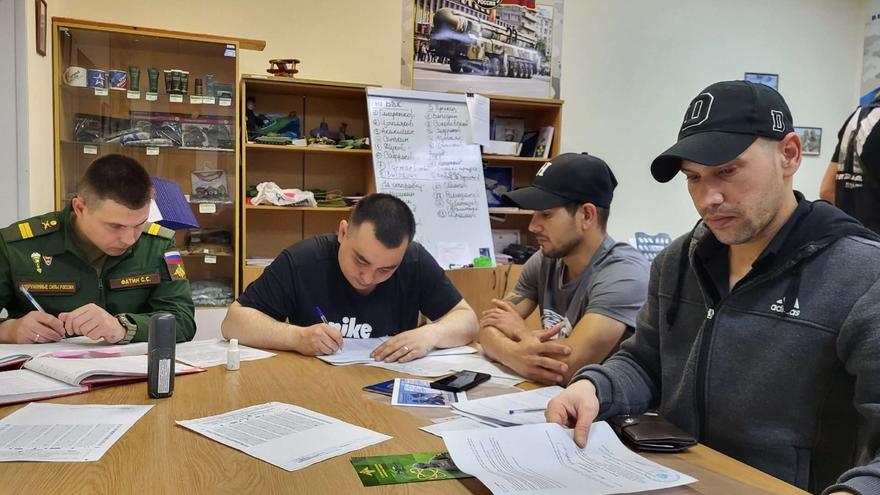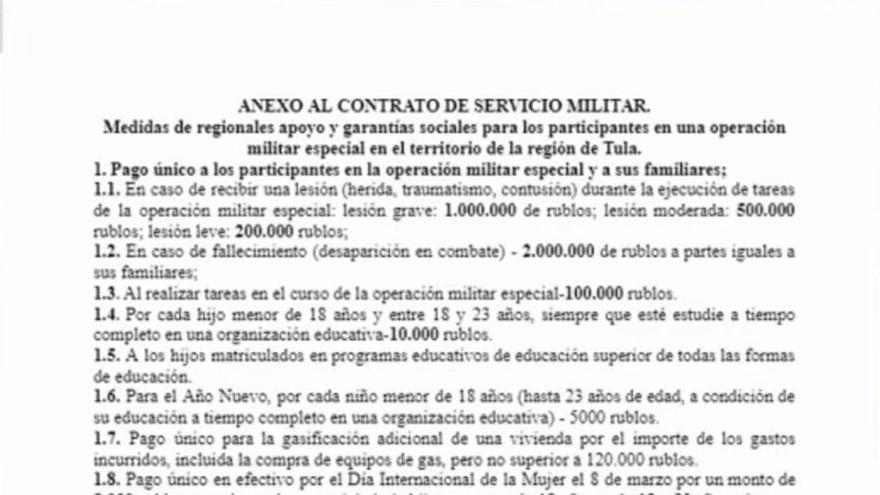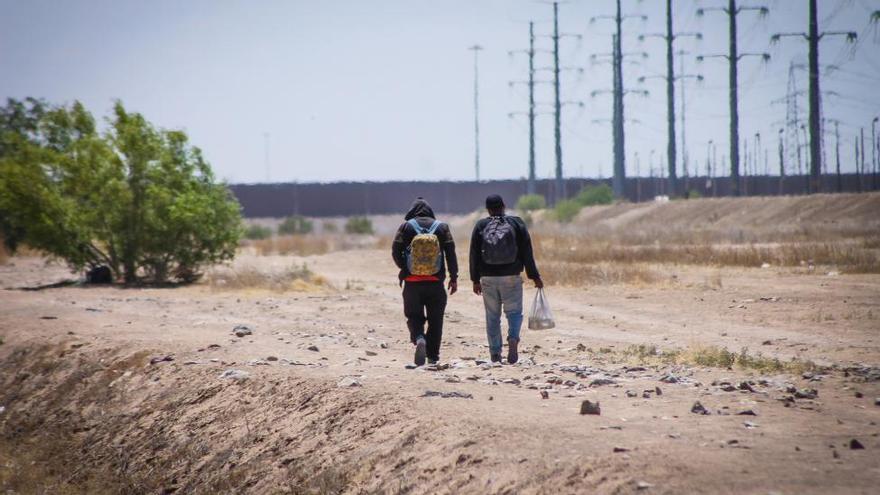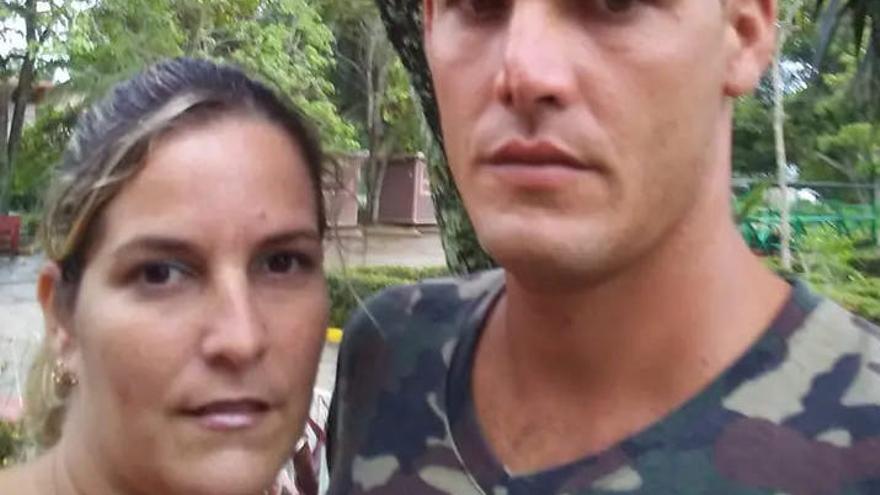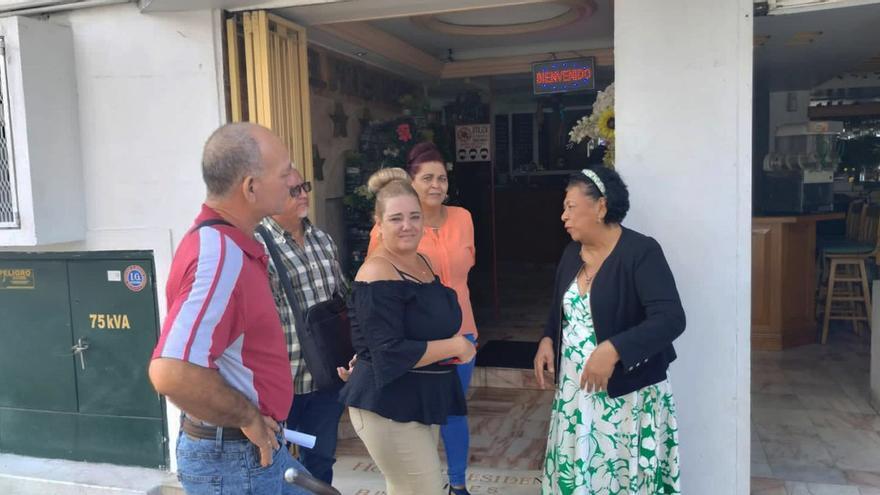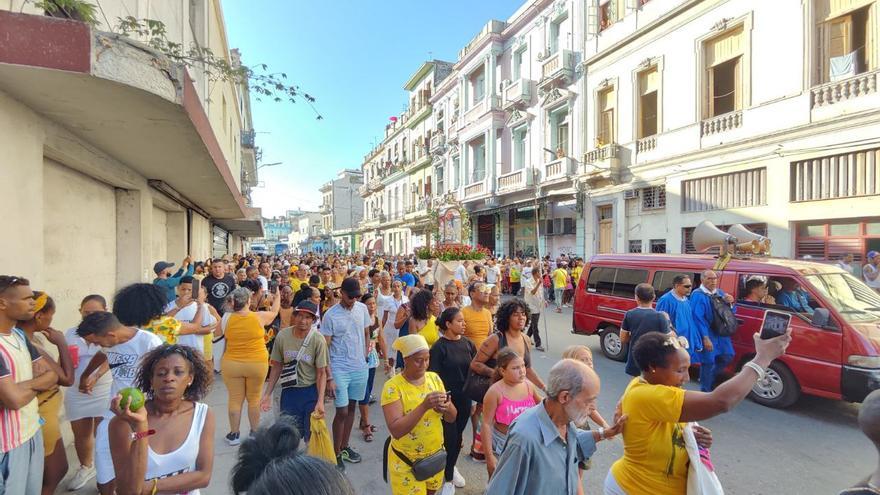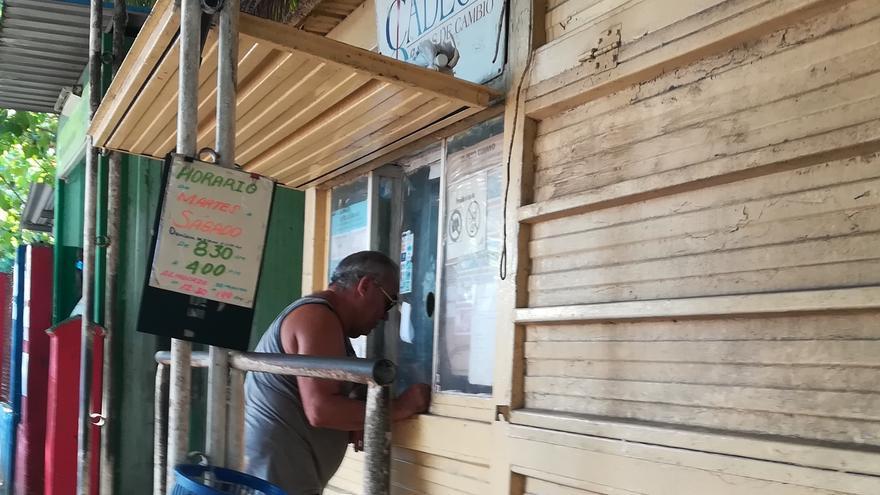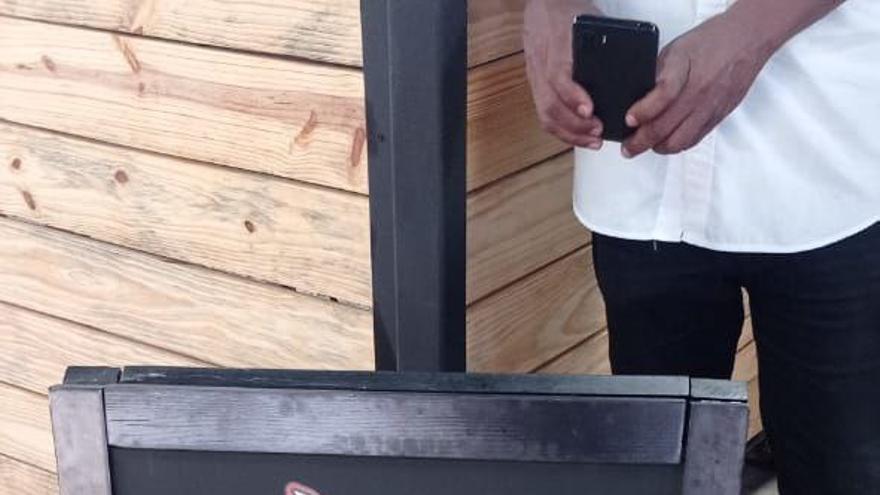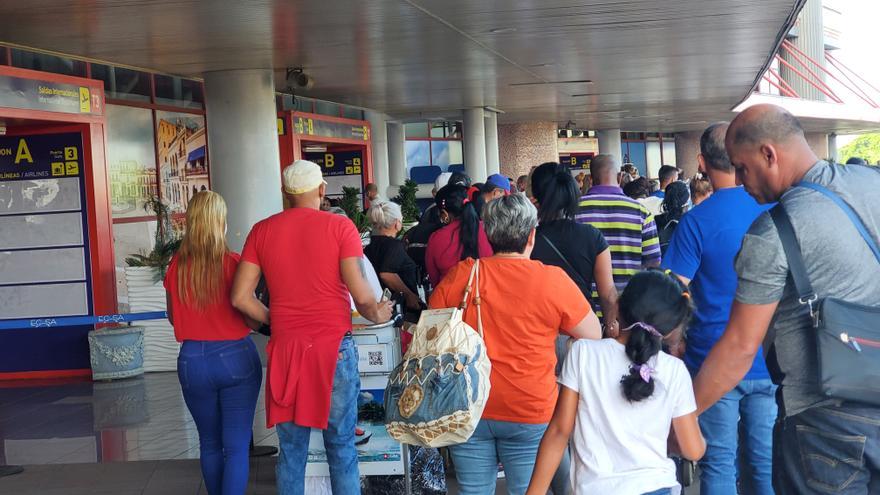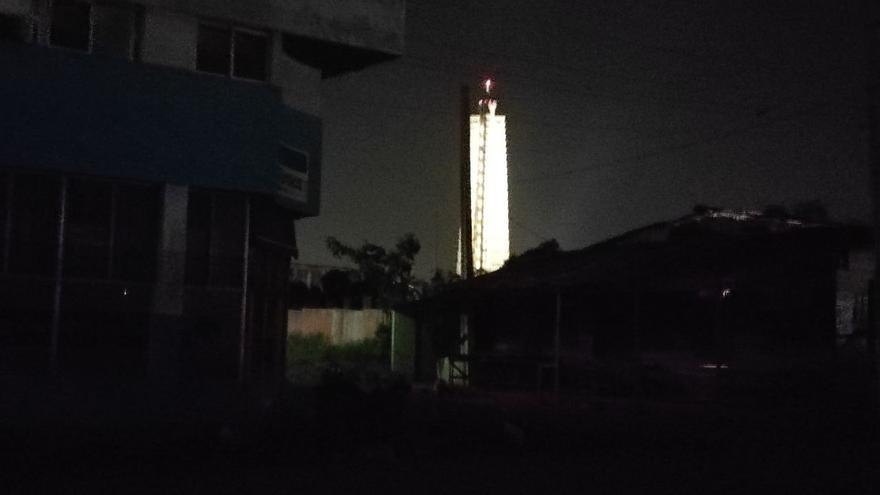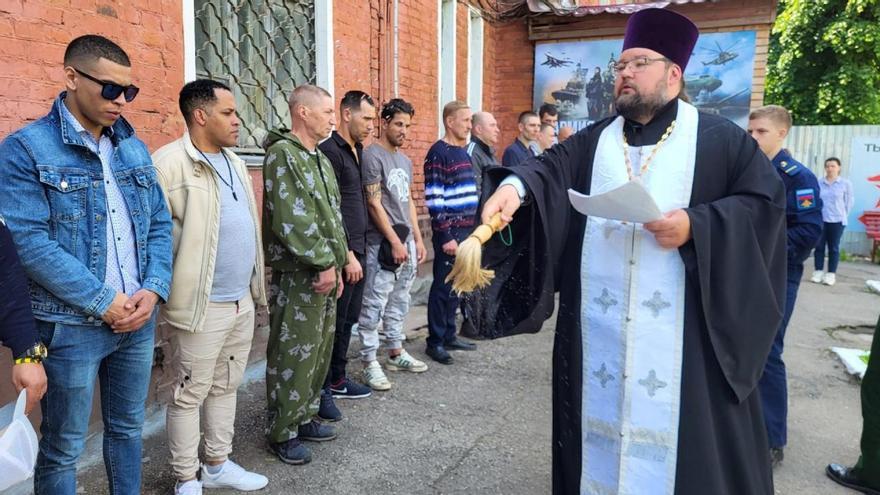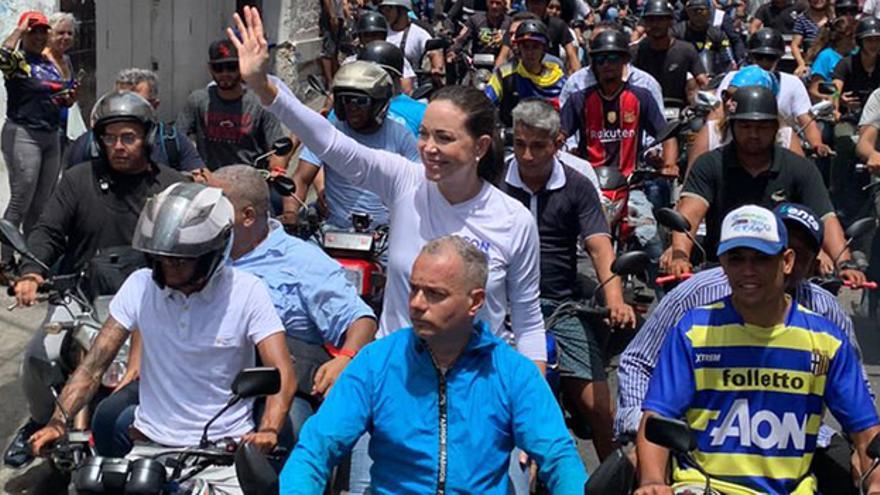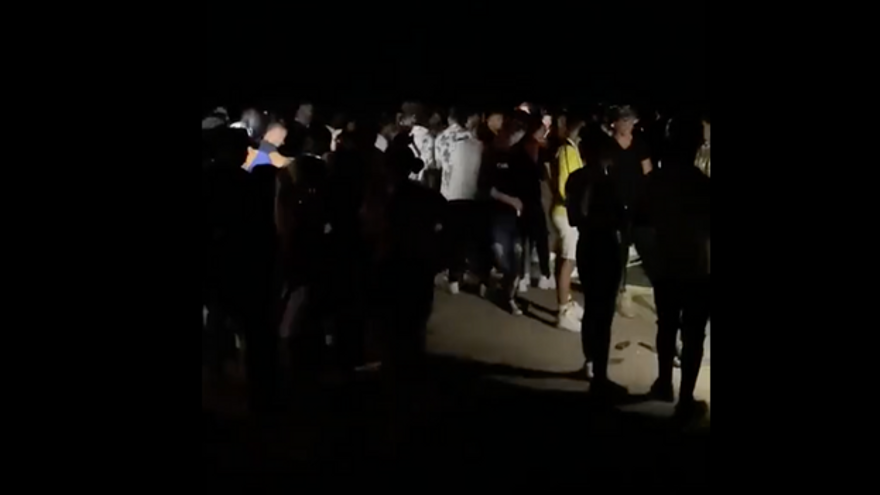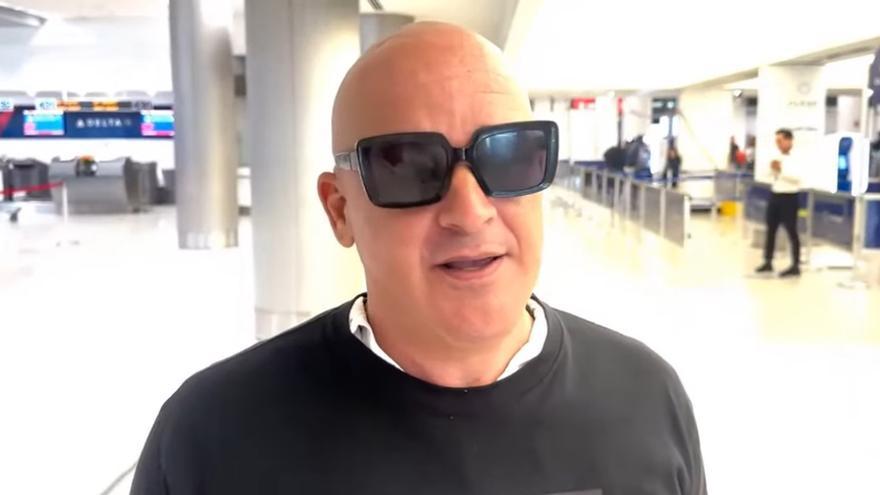
![]() 14ymedio, Mercedes García, Sancti Spíritus, 15 September 2023 — The owners of the restaurant Las Delicias del Paseo, in Sancti Spíritus, were bitterly surprised last week while waiting for some sacks of wheat flour bought abroad. The product, which was going to be turned into bread and pizza, was stolen during the transfer, a practice that increasingly affects both private businesses and the State.
14ymedio, Mercedes García, Sancti Spíritus, 15 September 2023 — The owners of the restaurant Las Delicias del Paseo, in Sancti Spíritus, were bitterly surprised last week while waiting for some sacks of wheat flour bought abroad. The product, which was going to be turned into bread and pizza, was stolen during the transfer, a practice that increasingly affects both private businesses and the State.
“We made the complaint but it’s a formality, because they are not going to return the money invested nor are we going to recover the merchandise,” an employee of the private restaurant, who prefers anonymity, tells 14ymedio. “The gap they have created for us is huge, because all that was bought in foreign currency, and we had already planned our menu based on the arrival of that flour.”
“The seal of the container seemed to be fine, but when you got closer it was clear that they had broken it and then put on tape [adhesive tape] so that it remained in a position that looked like it was intact. But as soon as you touched it, it broke, and it was obvious that it had been opened and that they had gotten into the container,” she says.
The theft of the bags of flour could make some of those menu items disappear in the coming days or force their owners to buy from another small business, an operation that means greater expenses
In the spacious living room of Las Delicias del Paseo, and in its external portal, the dishes most demanded by customers are pizzas, pastas and snacks. The theft of the sacks of wheat flour could make part of those menu items disappear in the coming days or force their owners to buy the product from another small business, an operation that means greater expenses. continue reading
A few days before the loss of the flour, the security seal of another container had also been violated in its transfer to Sancti Spíritus, and the thieves stole almost a hundred boxes of frozen chicken quarters that were destined for sale in state shops. Just a few hours later, the subtraction of dozens of sacks of rice destined for the sale of the rationed market was also detected.
The merchandise is lost somewhere in the Cuban geography between the port of Mariel, in Artemisa, and the Brazilian capital of São Paulo. “There is a Bermuda triangle where some of the loads disappear, especially when it comes to food,” the source explains. “We have asked for extreme security measures, but our claims fall on deaf ears.”
“The mechanism works like this: the authorities of the port of Mariel alert the owner of the business that he has merchandise to receive,” the employee tells this newspaper. “Then the individual hires the state company Transcontenedores to look for the merchandise and take it to where the customer says, but he must also notify Cubacontrol to supervise the operation.”
“When the cargo arrives, Cubacontrol is the one who verifies that everything has arrived intact at the destination. If they notice any violation of the security seal, they have to call the police,” he explains. “Then the investigators arrive; they take the fingerprints that have been left in the container, also those of the employees who are working on the transfer and unloading. A lot of deployment but few results, so far.”
A worker in the administrative area of Transcontenedores explains to this newspaper the chain of responsibilities in this type of transfer. “The first one who is arrested every time something like this happens is the driver, because he is the one who must watch over the merchandise.” The state worker considers this to be “unfair, because in the end they are the victims of the assaults they suffer on the roads and the tricks of the thieves.”
The first one they take prisoner every time something like this happens is the driver, because he is the one who must take care of the merchandise.
“To prevent these thefts, the drivers add their own locks to the containers, in addition to the security seals they already have,” clarifies the woman who prefers not to reveal her name. “Before, they also put on chains from one side to the other that better guaranteed the inviolability of the cargo, but the Police ordered them to be removed because they were dangerous for motorcyclists and drivers of other vehicles.”
“Drivers don’t want to travel on the roads at night, but sometimes they can’t do anything else. The roads have very dark areas and are in very bad condition, sometimes they have to slow down a lot and those times they are barely moving are taken advantage of by thieves,” she adds.
For this employee, “the danger of theft is not only on the roads, in the same place that they dispatch it to you you can’t lose sight of it because the same longshoremen can steal part of the merchandise. The departure from Havana is also a very complicated point of the journey because there are gangs that trawl the area, hunting these opportunities to steal.”
The woman adds that, “the driver can’t even stop to eat or urinate, because there are ninjas on the road. They are groups of three or four thieves, with a lot of agility and who know the terrain well. Sometimes they hide on the sides of the railroad crossings where the trucks have to stop.”
Theft practices also include the use of “motorcycles to approach from behind, get on top of the container when the driver stops for some need and even purposely punch the tires so that they have to stop,” he explains. “But the worst does not end there. When they arrive at the destination they still have to take care of even their shadow, because even those who must keep an eye on the merchandise can be the ones who steal it.”
It is quite likely that the dozens of sacks of wheat flour from Las Delicias del Paseo, which disappeared somewhere between Mariel and Sancti Spíritus, have ended up in the black market, where other private businesses buy the product to turn it into pizza and bread. The cycle of illegality does not stop.
Translated by Regina Anavy
____________
COLLABORATE WITH OUR WORK: The 14ymedio team is committed to practicing serious journalism that reflects Cuba’s reality in all its depth. Thank you for joining us on this long journey. We invite you to continue supporting us by becoming a member of 14ymedio now. Together we can continue transforming journalism in Cuba.


